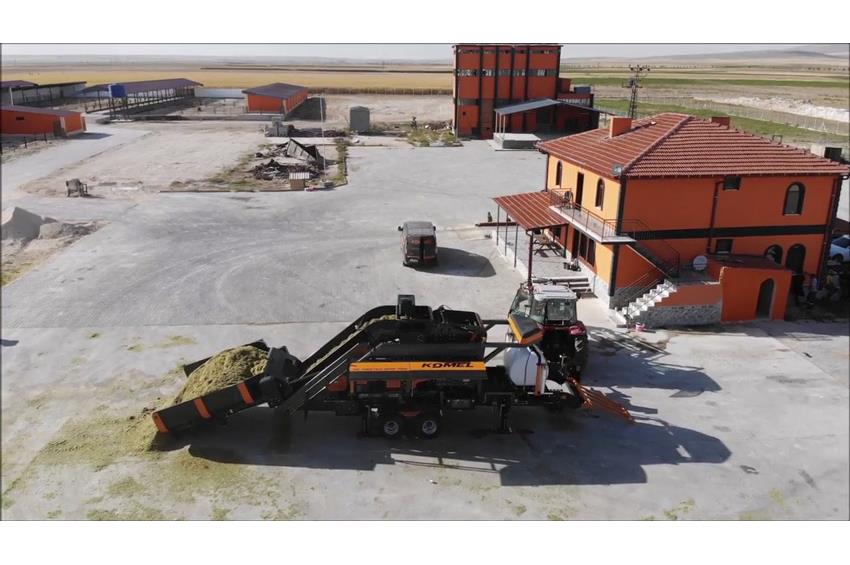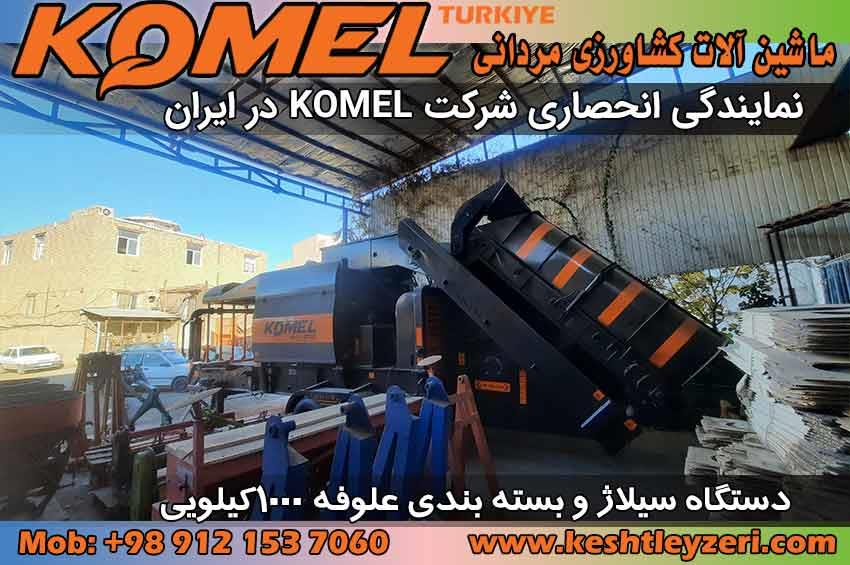
BENEFITS OF MAIZE SILAGE
Javid Kesht Leyzeri Co.Ltd (Mardani Trading)
BENEFITS OF MAIZE SILAGE
Choosing the right supplement for a pasture-based system is a complex decision. As well as balancing feed price and nutrient composition with animal nutritional requirements and likely financial benefits, farmers must also consider how the supplement fits into their whole farm system.
While maize silage provides an excellent nutritional profile and can be grown or purchased at a cost-effective price, it is more than just another supplementary feed. That's because growing and feeding maize silage delivers a number of unequalled farm system and environmental benefits.
These include:
More drymatter per hectare
• Maize produces high drymatter yields allowing farmers to increase the total amount of feed harvested from high cost dairy land.
• Most farmers can grow maize silage crops yielding 18 - 26 tDM/ha for 14.5 - 21.0 cents/kgDM.
Table 1. Typical cost of maize silage DM1

Less nitrogen leaching
• When a cow is fed more protein than she needs, the surplus nitrogen is excreted in the urine.
• The volume of nitrogen in a urine patch (1000 kgN/ha) is greater than the annual plant uptake (300-700 kgN/ha/year) and this results in nitrate leaching.
• Ryegrass-clover pasture frequently contains more nitrogen (or crude protein) than cows can utilise.
• Feeding low nitrogen maize silage in conjunction with pasture dilutes dietary protein levels and this in turn reduces the amount of nitrogen excreted in the urine.
• Even greater reductions are possible when the maize silage is fed on a stand-off pad that allows cows to be kept off pasture during wetter months.
Higher pasture harvest
• Maize is an ideal break crop in a pasture renewal process.
• Cropping removes the normal feed source for pasture pests such as Black Beetle, Argentine Stem Weevil and pasture nematodes. This interrupts their breeding cycle and reduces insect pressure on seedling plants during the pasture renewal process.
• Feeding maize silage results in more pasture being left in the paddock. The maize silage feed-out rate can be altered to prevent under and over grazing allowing pasture growth rates to be maximised.
• Feeding maize silage on a stand-off pad reduces overgrazing and pasture pugging and this increases the amount of pasture harvested.
Improved cow nutrition
• Low protein, high carbohydrate maize silage is an excellent complement to low carbohydrate, high protein pasture.
• Maize silage is safe to feed because it contains a mix of grain and fibre, maize.
• Maize silage can be used to increase livestock growth rates, put condition on cows or to increase milk production.






